Lekki Conservation Centre situated on Lekki Peninsula was established in 1990 as biodiversity conservation icon and environment education centre.
The nature park which covers a land area of 78 hectare is one of Nigerian Conservation Foundation (NCF) foremost conservation project sites.
Lekki Conservation Centre which is normally a 15 minute drive, is under the management of the Nigerian Conservation Foundation and it consists of swamp and savannah habitats.
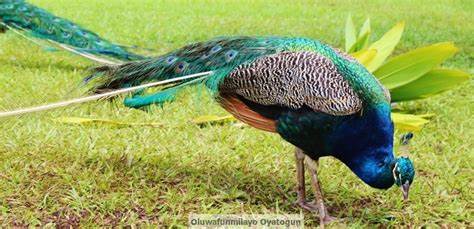
Visitors are ushered into the reserve by a boulevard of coconut trees which leads to a well laid out car and Visitors Park. The reserve is a resort which provides the serenity and beauty of nature in a world class environment.
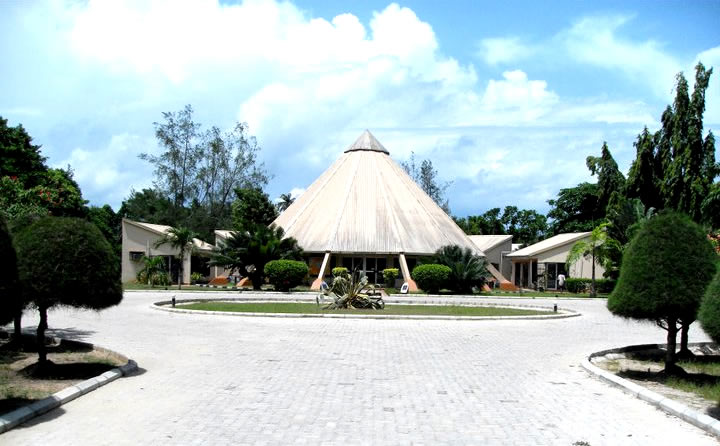
There is a cone-shaped building which serves as the auditorium for lectures, conferences, and seminars. First timers to the resort have the opportunity of seeing rare collection of beautiful pictures of endangered species of animals and plants arranged in glass stands around the oval hall.
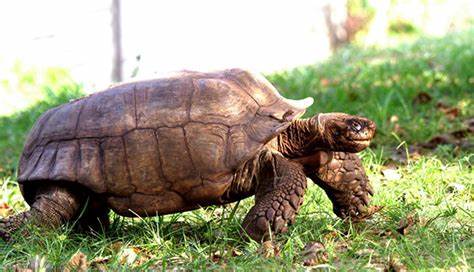
The reserve has 1.8km nature trail behind the main buildings in which you are ushered in by two wooden tracks.
A death-defying 21 metre-high tree platform known as the tree house where you can have a panoramic view of the reserve, visitor’s center, picnic area and children’s playground among the trees and a bird hide overlooking a swamp/marsh which is home to crocodiles and monitor lizards.
In the trees are Mona monkeys and other species of monkeys while the open grasslands are home to bushbucks, Maxwell’s duikers, giant rats, hogs, mongooses and an impressive variety of birdlife. Park rangers are available to be your guide into the reserve.

The Nature Reserve: The nature reserve traverses a mosaic of vegetation types, namely: secondary forest, swamp forest and Savanna grassland. The secondary forest has witnessed significant growth since the centre was acquired and this has a notable impact on the centre. It is this natural secondary forest in which animals like Mona monkeys, bushbucks, giant rats, Maxwell Duikers and others reside. The swamp outlook affords tourists, especially nature lovers’ mouth watering opportunity of sitting back to beyond aquatic and terrestrial ecosystem interaction. On the other hand, the bird hide enables avid bird watchers snipe at unaware avifauna that are wading through the pool overlooked by the hide or foraging within the vicinity.
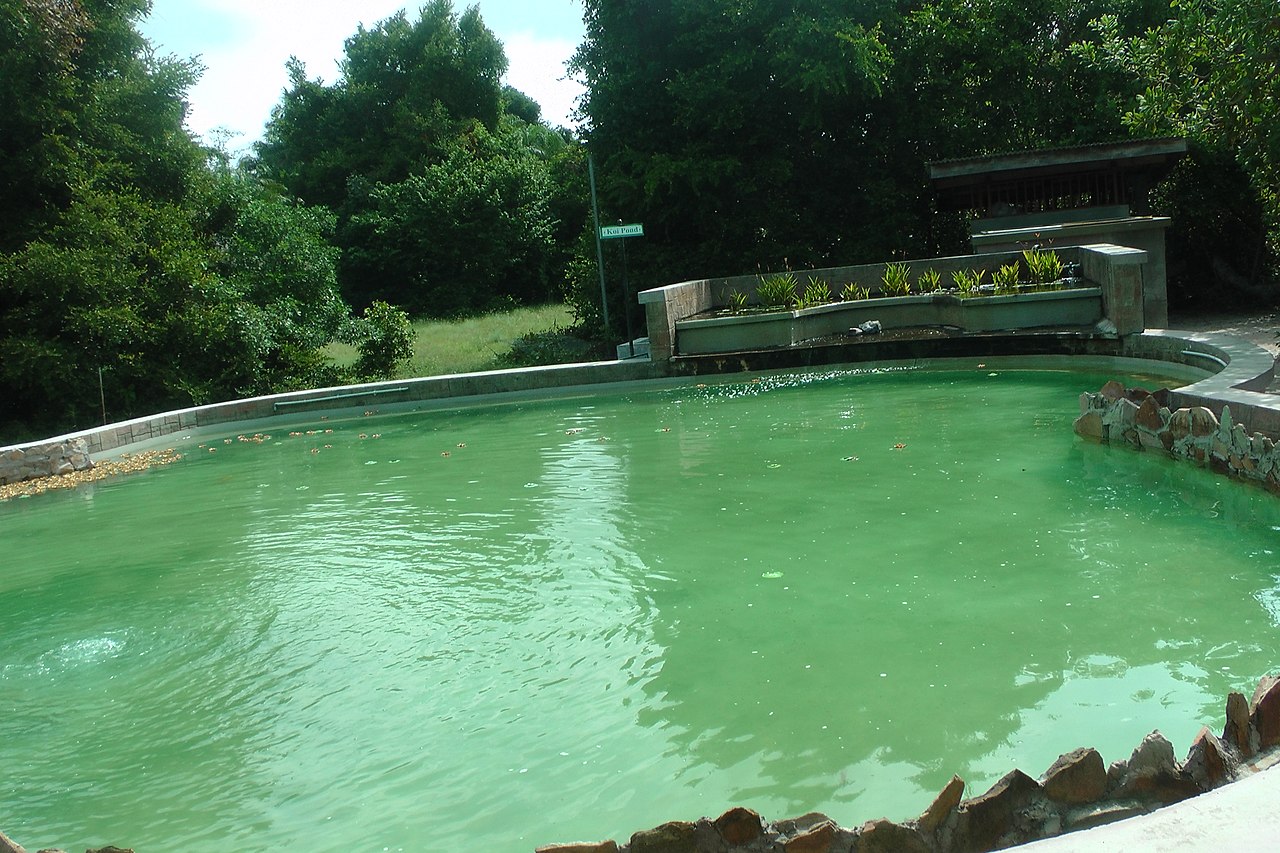
The Tree House: The tree house is one of the most fascinating features one can ever come across in an ecotourism zone. The tree house, stylishly seated on a stout dawadawa tree (Pakia biglobossa) rises above 25m. A well protected ladder is ruggedly mounted behind the tree to enable nature enthusiasts reach to tree house to savour the panoramic view of the tree canopy. The rest stops as the name implies serve as rest points and picnic site for small groups of visitors. They are located at about 250m apart on the nature trail boardwalk.
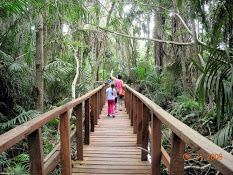
The Trail Boardwalk: A trail boardwalk was constructed in 1992 to the enrich tourists/visitors view of the vast resources of the nature reserve which is encapsulated on a mangrove terrain. The trail stretches a length of 2 Km. some of the side attractions along the trail are swamp outlook, bird hide, rest stops and the tree house. At the end of trail boardwalk seats the nation station – a recreation island in the middle of a forest. It has a semi-enclosed block structure containing the indoor picnic facilities and conveniences. The outdoor has outdoor game facilities mostly for children.
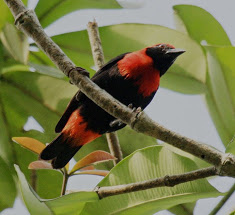
Bird Watching: Visitors get to see some of the African rarest birds with its unique walkway through the swamp forest at Lekki Conservation Centre. Among the birds recorded at the centre are Black Kite (Milvus migrans), Lizard Buzzard, Harrier Hawk, Grey Kestrel (Falco ardosiaceus), Red–Eyed Dove (Streptopelia semitorquata), Blue Spotted Wood-Dove (Turtur afer), Green Pigeon, Wood Land Kingfisher, Allied Hornbill, Piping Hornbill (Bycanistes fistulator), Common Bulbul (Pyanonotus barbatus) etc.
